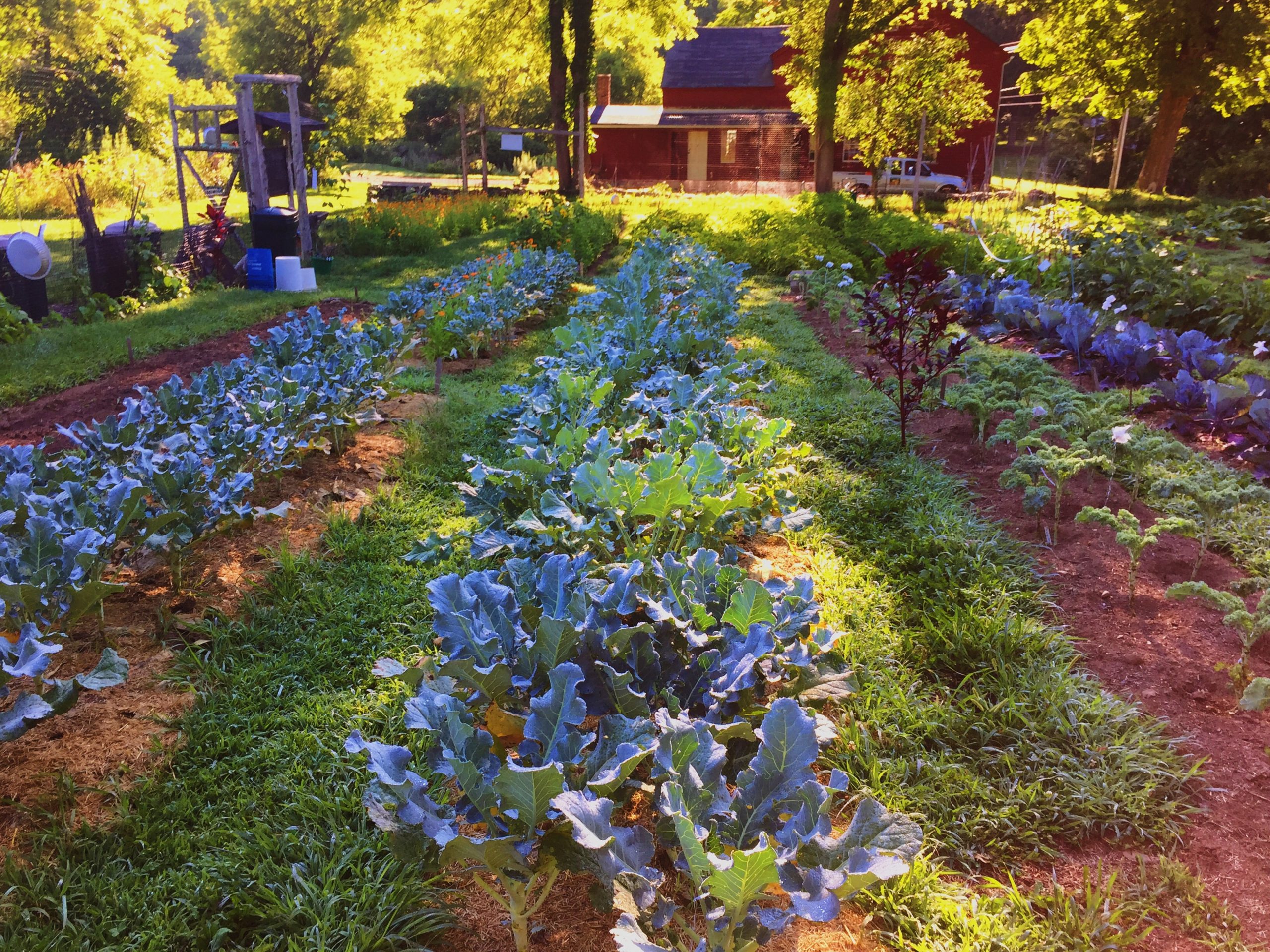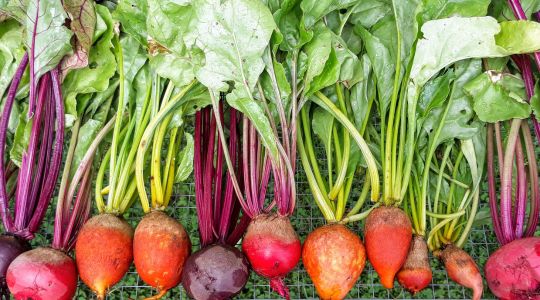Newsletter Subscription
Latest News
Leaving them to Seed

In Judea Garden some plants produce many seeds naturally that will come back year after year if you don’t clean out the beds. One example of this is the Ground Cherries found in our garden. This is a type of husked fruit that ripens as it falls to the ground, and if all the seeds aren’t collected then the it will come back even stronger next year!

It is all about selecting the right plants to leave to seed, while clearing the rest to ensure you are optimizing your garden space. This can be a great way to make the most out of some key plants such as Dill which always comes back if you encourage it. Our Dill and Ground Cherries, continue to come back every season, producing more and more fresh produce.

Above all, when choosing what seeds to leave and what to clear, you need to know if you want to have it that way or not. For example, in Judea Garden, we have Red Amaranth. This plant came in by mistake and springs up in different places around Judea Garden. We keep this beautiful plant around for its vibrant plumage that brightens up the garden space!

Another great example is the Calendula that can be found in Judea Garden. It was originally planted, grown, and harvested and then the next spring it came back again. We even have some second-generation Tomato plants that came back on their own! Some plants have better adapted to come back every year, without fail, while others need a bit more encouraging.


Leaving some plants to seed is just another way that Judea Garden works to improve how effectively we produce our produce that helps fuel the community. Taking these small steps can save us many hours and seeds so that we can continue to distribute our crops to local food banks and other members of our community with limited financial means. It is also thanks to over 100 individuals, schools, churches, civic organizations, and businesses that have volunteered so we have been able to give back so much.





